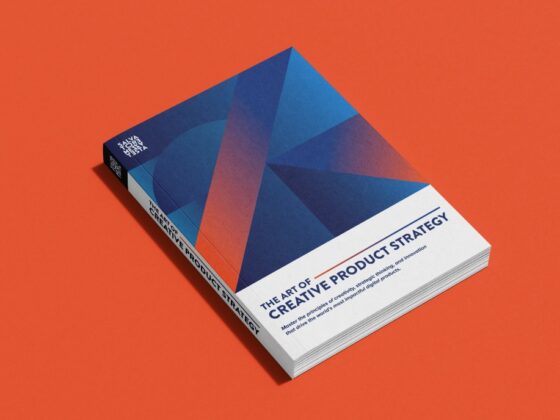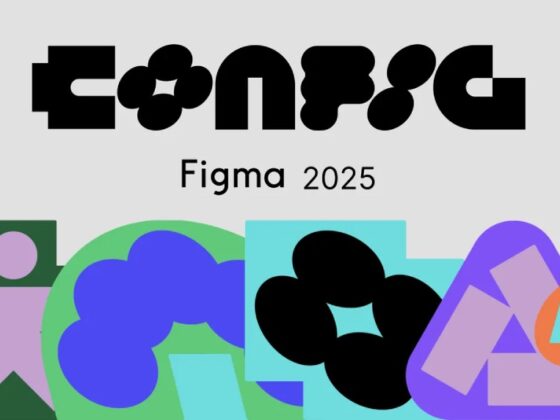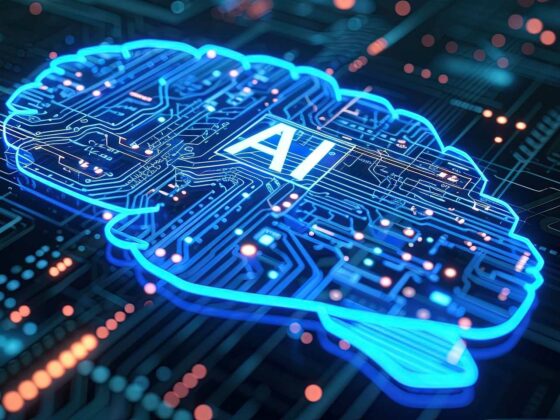In the rapidly evolving landscape of technology and innovation, the intersection of digital product design and artificial intelligence (AI) has sparked intriguing conversations.
Can these two seemingly distinct realms coexist harmoniously, contributing to the creation of cutting-edge products that cater to the demands of the modern world?
In this article I will delve into this intriguing question and explore the possibilities that arise when creativity meets machine intelligence.
The Evolution of Digital Product Design
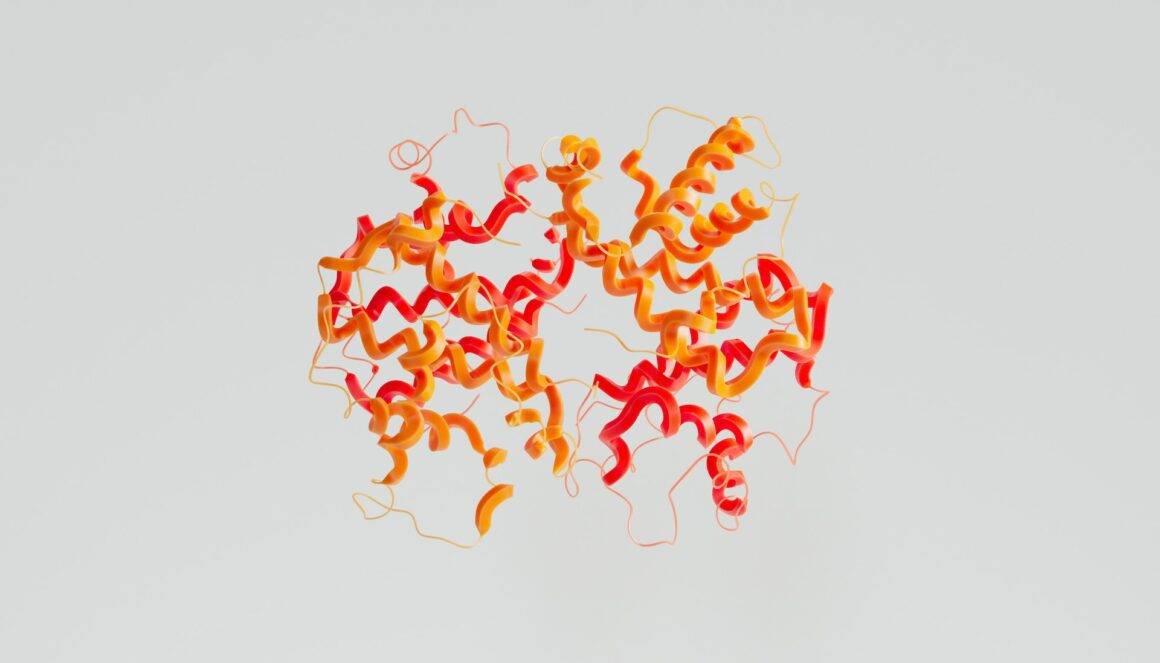
Digital product design has undergone a remarkable transformation over the years. From static interfaces to dynamic user experiences, designers have continuously adapted to the changing preferences and behaviors of users.
The user-centric approach has driven the design process, ensuring that products are intuitive, aesthetically pleasing, and functional.
The Rise of AI in Product Development

Simultaneously, AI has emerged as a transformative force in various industries. From predictive analytics to personalised recommendations, AI algorithms have demonstrated their ability to process vast amounts of data and generate valuable insights.
In the realm of product development, AI can augment the design process by analyzing user behavior, identifying patterns, and predicting user preferences.
A Synergistic Partnership

Contrary to the notion of AI replacing human creativity, the integration of AI in digital product design can be viewed as a synergistic partnership. AI’s analytical capabilities can inform design decisions by providing data-driven insights into user interactions.
For instance, AI algorithms can analyse user feedback and engagement metrics to inform iterative design improvements.
Enhancing User Experiences
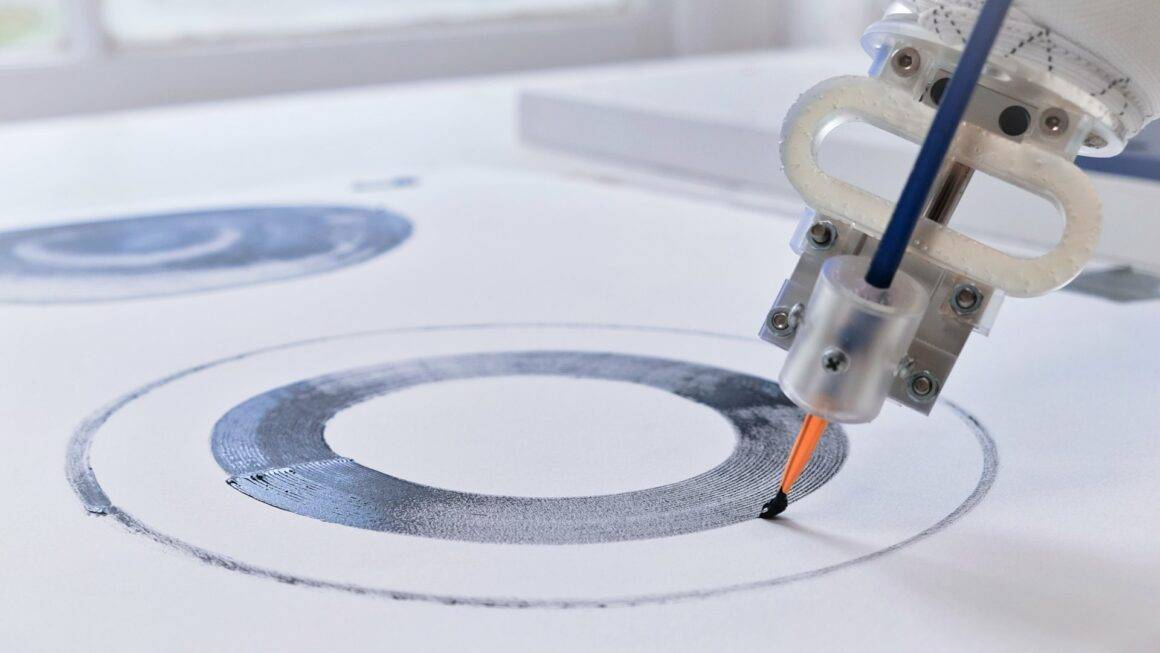
One of the most compelling aspects of combining digital product design with AI is the potential to enhance user experiences. By leveraging AI-powered chatbots or virtual assistants, products can offer real-time assistance and support, effectively addressing user queries and concerns.
This seamless interaction between users and technology can lead to higher user satisfaction and retention rates.
Navigating Ethical Considerations

However, the coexistence of AI and digital product design also raises ethical considerations. Designers and developers must navigate the ethical implications of AI-driven decisions, ensuring that transparency, accountability, and privacy are upheld.
Striking the right balance between automation and human oversight is essential to maintain user trust and uphold ethical standards.
Embracing a Future of Innovation

The question of whether digital product design and AI can coexist finds its answer in the realm of innovation. As technology continues to advance, the collaboration between human creativity and machine intelligence holds immense potential.
Designers can harness AI to streamline processes, gather insights, and create products that resonate with users on a deeper level. Ultimately, the coexistence of digital product design and AI is not a dichotomy but an opportunity to amplify the strengths of both.
By embracing this partnership, we can unlock new dimensions of creativity, efficiency, and user satisfaction, ushering in a future where innovation knows no bounds. As the boundaries between the digital and the artificial continue to blur, one thing remains clear:
The journey of coexistence is marked by continuous learning, adaptation, and a shared vision of shaping a more connected and intelligent world.

